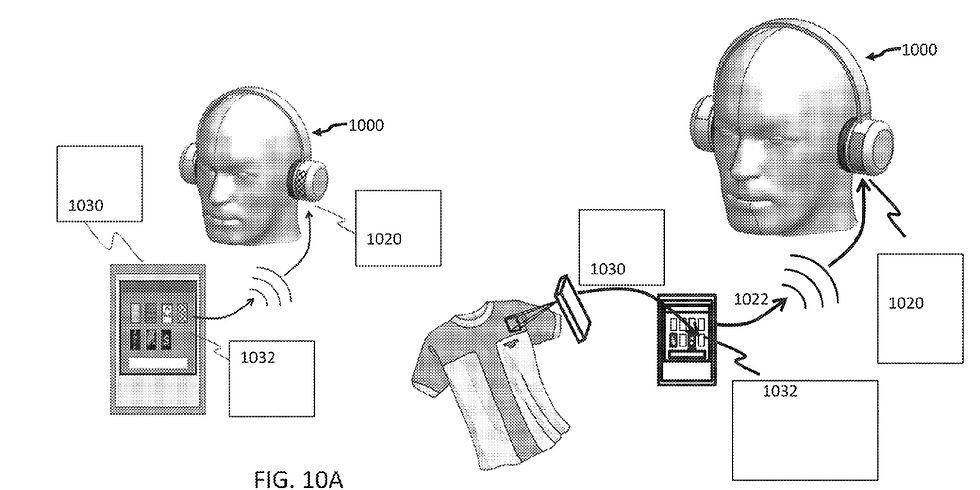Is Your IP Built for the Fight? Lessons from Taction vs. Apple Lawsuit
- eclough0
- Aug 16
- 2 min read
Updated: Aug 16

In August, the U.S. Court of Appeals for the Federal Circuit breathed new life into a lawsuit brought by haptics maker Taction Technology against Apple.
The case centers on vibration features in iPhones and Apple Watches that Taction claims infringe its patents for “transducers with highly damped output” — essentially, devices that create tactile vibrations you can feel, but with built-in control so they stop cleanly instead of rattling on.
(The level of “damping” is like the difference between the lingering ring of a wine glass being struck versus the quick, precise thud of tapping a block of wood. In haptics, that kind of high damping is what makes feedback feel realistic — like a crisp button click— without blurring one sensation into the next.)
Originally, a California court had shut the case down, siding with Apple. But the appeals court overturned that decision, saying the lower court went too far in striking Taction’s expert testimony and in interpreting key patent terms in a way that narrowed Taction’s protections almost out of existence.
Now, the fight is heading back to the trial court. While the legal twists might seem highly technical, there are real-world takeaways for companies that work with haptics VR/AR or just own .
1. Your IP Strategy Is a Business Asset — Not Just Legal Paperwork
Taction’s ability to keep its lawsuit alive didn’t hinge only on having patents — it hinged on how those patents were written, interpreted, and defended. If your claims are too narrow, you may leave competitors free to use similar technology. If they’re too broad, they may be vulnerable to attack. Ongoing IP audits and proactive claim strategies can mean the difference between a weapon and a wall decoration.
2. Expert Testimony Matters — and So Does Process
The appeals court found that the trial court “abused its discretion” when it struck testimony from Taction’s expert witness. It also found errors in two of the trial court’s claim constructions— which had the effect of narrowing the scope of Taction’s patents. The lesson for emerging companies: work with legal and technical experts early — to ensure your case is built on solid, well-documented evidence that can withstand procedural challenges.
3. Expect the Long Game
This dispute started in 2021 and still isn’t close to over. Big players like Apple can stretch litigation for years. If your growth strategy includes enforcing IP rights, be prepared for extended timelines, and the possibility of appeals, and the cash-flow demands that come with them. Litigation funding — like the role Burford Capital reportedly played for Taction — can be a lifeline for companies without a deep legal war chest.
4. The Bigger the Target, the Higher the Stakes
Going up against a tech giant can bring attention and market credibility, and maybe new business opportunities. But it also means facing aggressive defenses. Your legal strategy should be integrated with your business and PR strategies from the outset.
Bottom line: The Taction - Apple case is a reminder that IP enforcement isn’t just about winning in court — it’s about aligning legal tools with business goals. For growing companies companies, that means thinking about how your IP strategy fits into your growth roadmap.




